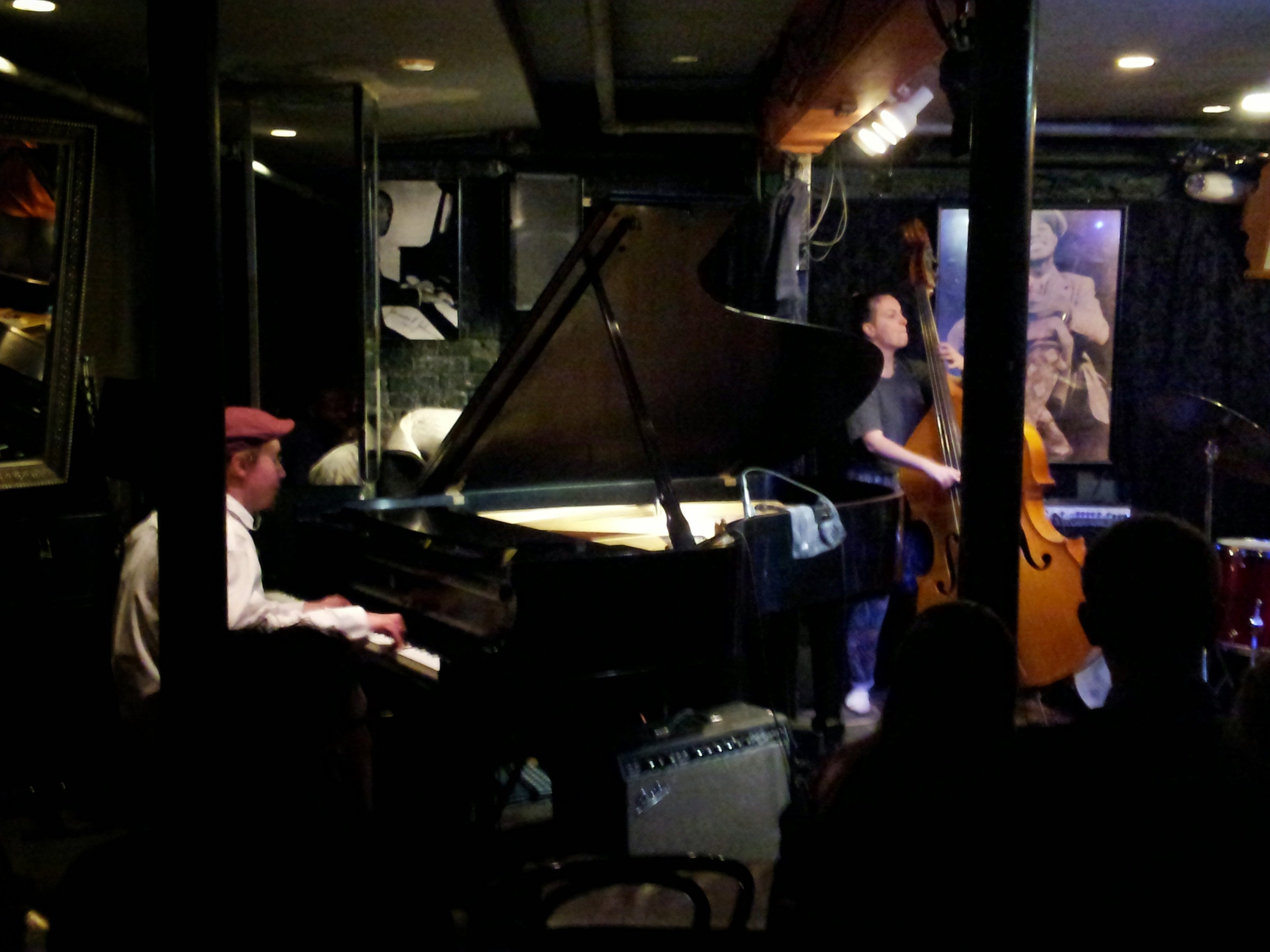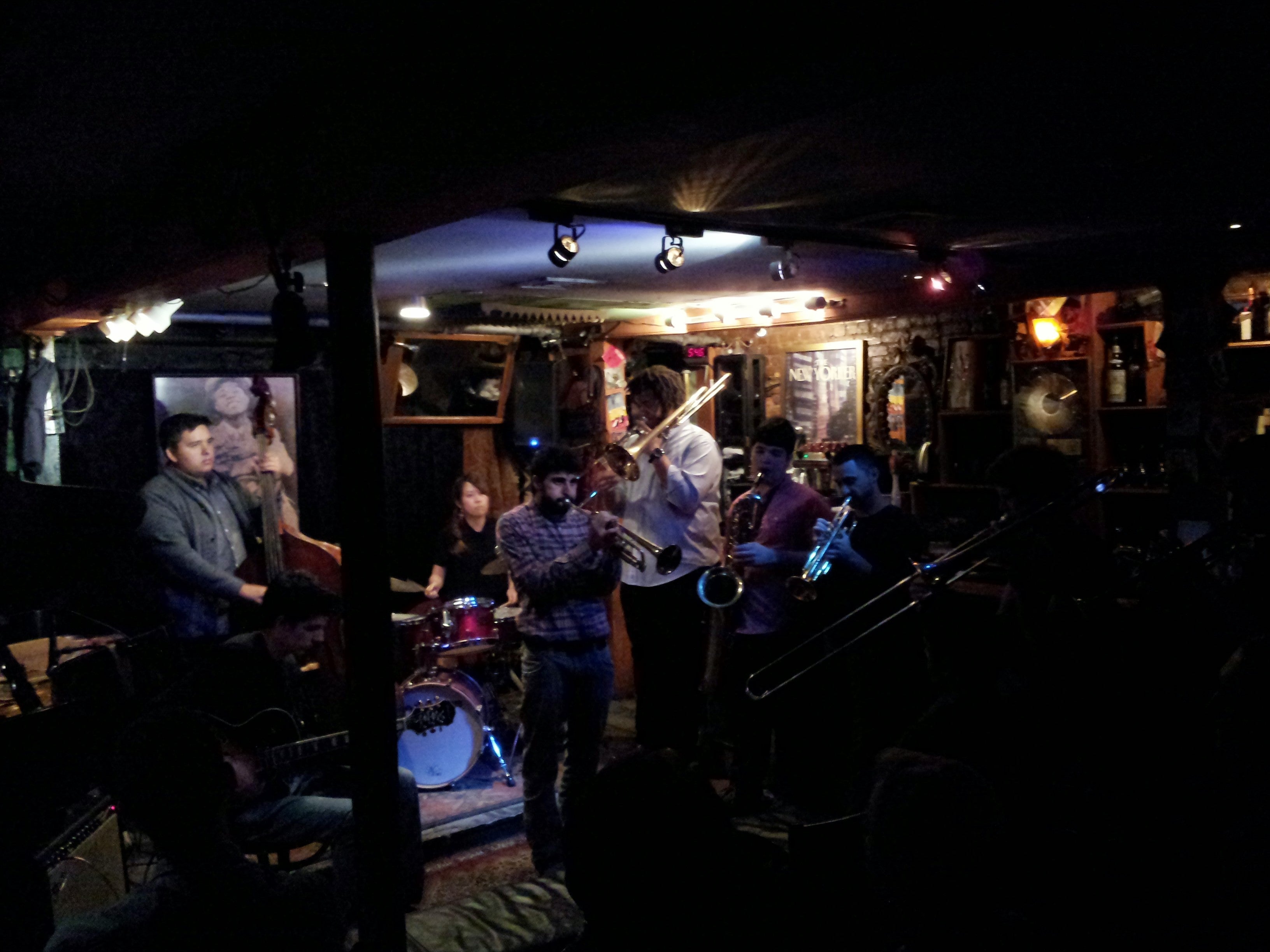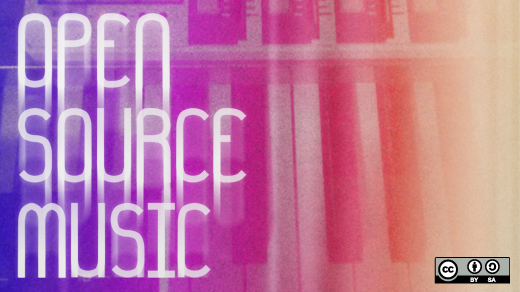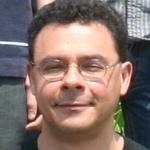There is a small place in New York city, appropriately called Smalls Jazz Club, where musicians of all ages gather every evening to play the music they love.
During these sessions there are no detailed schedule, no program, no conductor, and no script. There are only a few simple house rules and guidelines that create the right conditions for controlled chaos to emerge. Invariably, time after time, something magical happens.
Starting at 4pm musicians arrive with their instruments and sit along the bar or in informal seats and benches in the middle of a room, the size of a double garage, located in the basement of a building in the West Village. At the front of them room there is a piano, a bass, and a drum set.

Musicians bring their own instruments too... guitars, saxophones, trombones, and trumpets. Some musicians sing and even tap dance. They self-organize and take turns forming groups based on the proper combination of instruments. One basic rule is to ensure that every musician gets a chance to play before the session is over at 7pm. This creates an implicit understanding among everyone of how long each musician is going to play.

Jam sessions date back to the 1920's when black and white musicians would get together after completing their paying gigs to play music they couldn't in the fancy clubs. "Bing Crosby would often attend these sessions, and the musicians would say he was "jammin' the beat", since he would clap on the one and the three.
Improvisation, and jam sessions, are an integral part of the culture of Jazz.
The best selling Jazz album of all time is Kind of Blue by Miles Davis (trumpet and director), John Coltrane (saxophone), Julian "Cannonball" Adderley (saxophone), Bill Evans (piano), Jimmy Cobb (drums), and Paul Chambers (bass). The album was recorded during a high-end improvisation session: "Miles Davis called for almost no rehearsal and the musicians had little idea what they were to record. As described in the original liner notes by pianist Bill Evans, Davis had only given the band sketches of scales and melody lines on which to improvise. Once the musicians were assembled, Davis gave brief instructions for each piece and then set to taping the sextet in studio."
This kind of environment combines a few simple guidelines with an open space, allowing for experimentation. And, they are the same conditions under which open source communities unleash their creative powers.
Creativity emerges from an environment that mixes levels of freedom and levels of constraints. Activities such as code jams, hackathons, and unconferences, are the open source software equivalents of jam sessions in Jazz. Perfection of performance is not required, and it is actually undesirable, since it takes away from the fun of improvising. To me, attending a session at Smalls Jazz Club is just like participating in a hackathon or an unconference. The same lack of rules and lack of management [unmanagement] apply. The economics work in a similar way. Non-musicians attending the jam sessions pay $10 at the entrance and can then witness the live music brewing. Musicians are not paid, nor have to pay. Their contribution and their compensation are in-kind. They get to practice, they get to share, they get to learn, they get to show their craft and skills, and most of all: they get to be known.
Tim O'Reilly once said, "The problem of the artist is not piracy but obscurity."
There are clubs similar to Smalls all over the world. If you have one close to you, don't miss the opportunity to go.
Smalls Jazz Club has been hosting the Jazz jam sessions for 20 years, and has been called "...one of the best places in the city to see rising talent in the New York Jazz scene."
This article was written using a Raspberry Pi while listening to the album, Kind of Blue.




4 Comments